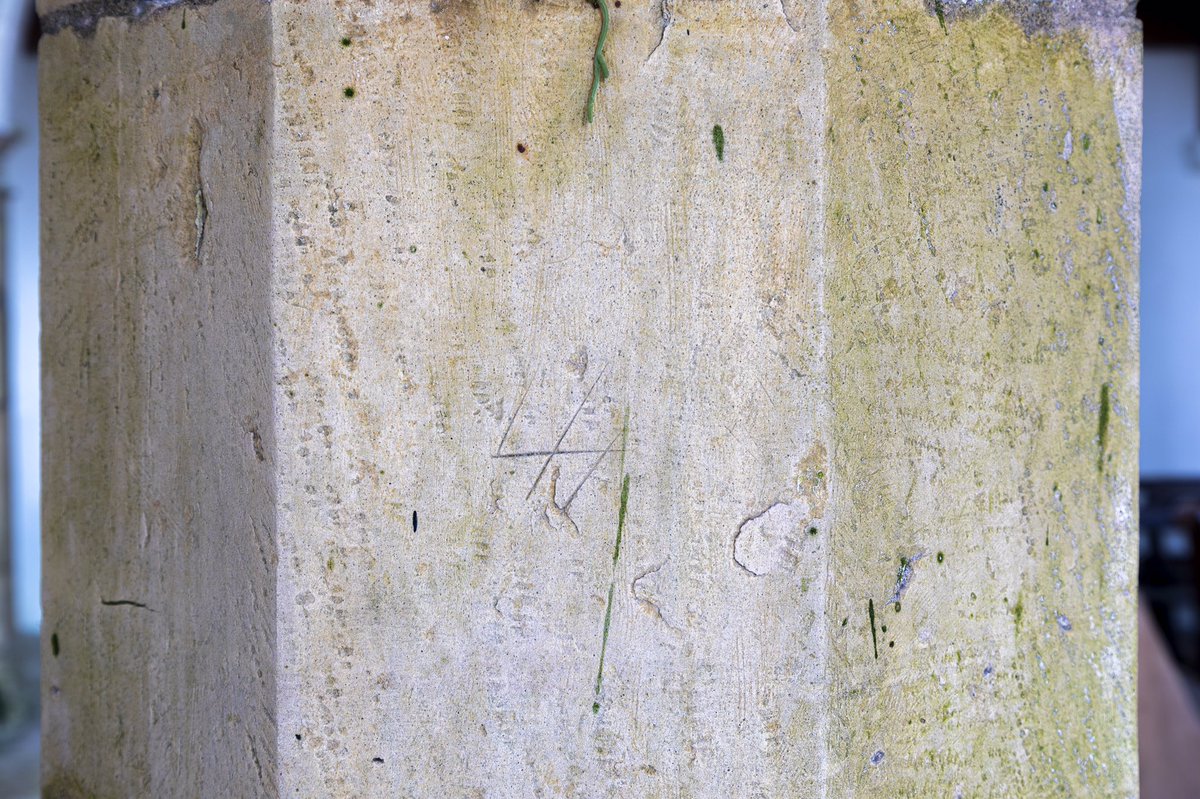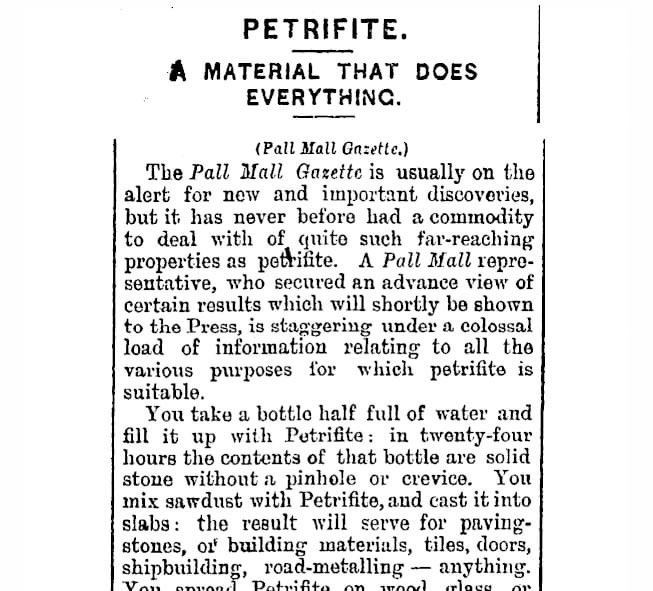
Legend has it that just before the Norman conquest, the village of Sockburn in Durham was under siege for seven years ... by a worm.
A thread for #FolkloreThursday ...
⛪ Ruins of Sockburn church
A thread for #FolkloreThursday ...
⛪ Ruins of Sockburn church

Of course, this wasn't just your common-or-garden worm but a "monstrous venomous, and poysonous wyvern, ask, or worm, which overthrew and devoured many people in fight." The Sockburn Worm guzzled livestock, destroyed land and terrorised the locals. It also had terrible breath.
Sockburn needed a hero, but who would stand up to this ferocious creature?
Enter local nobleman Sir John Conyers. Armed with his fearsome falchion, he slew the wicked worm, freeing Sockburn from its slithering tormenter.
In return, the king made him Lord of Sockburn.
Enter local nobleman Sir John Conyers. Armed with his fearsome falchion, he slew the wicked worm, freeing Sockburn from its slithering tormenter.
In return, the king made him Lord of Sockburn.
A great grey stone in Sockburn marks the worm's burial place (well, part of the worm — it was chopped up a bit!)
And the sword said to have slain the dragon — known as the Conyers Falchion — can be seen in the Treasury of Durham Cathedral.
And the sword said to have slain the dragon — known as the Conyers Falchion — can be seen in the Treasury of Durham Cathedral.
For centuries, the Conyers Falchion was presented by the Lord of Sockburn to every new Bishop of Durham, on the bridge of Croft-on-Tees — a ceremony that was revived in the 1980s. 

In 1497, another Sir John Conyers became Lord of Hutton Bonville, just 4 miles from Sockburn. He built St Lawrence's church, which is now in our care.
A brave warrior like his ancestor, he survived the Battle of Bosworth and shrewdly supported the new King Henry VII.
A brave warrior like his ancestor, he survived the Battle of Bosworth and shrewdly supported the new King Henry VII.

But future generations of the knightly Conyers family squandered their wealth and lost their estates, and in 1809, the last Conyers Baronet ended up in the workhouse and died a pauper.
In about 1800, a love-struck Coleridge, staying in Sockburn, penned 'Love', which references an effigy of Sir John Conyers with a dog and wyvern fighting at his feet. The church was deliberately ruined in the 1800s for its picturesque appearance but the effigy is still there. 

And from the 1840s, Lewis Carroll lived at Croft-on-Tees, where his father was Rector. The legend of the Sockburn Worm is thought to have inspired his famous poem 'Jaberwocky'. 

Learn more about St Lawrence's in Hutton Bonville, North Yorks — founded by the descendants of a dragon slayer.
friendsoffriendlesschurches.org.uk/church/st-lawr…
Drawing of effigy from the tomb of Sir John Conyers © The Trustees of the British Museum
friendsoffriendlesschurches.org.uk/church/st-lawr…
Drawing of effigy from the tomb of Sir John Conyers © The Trustees of the British Museum
• • •
Missing some Tweet in this thread? You can try to
force a refresh


















